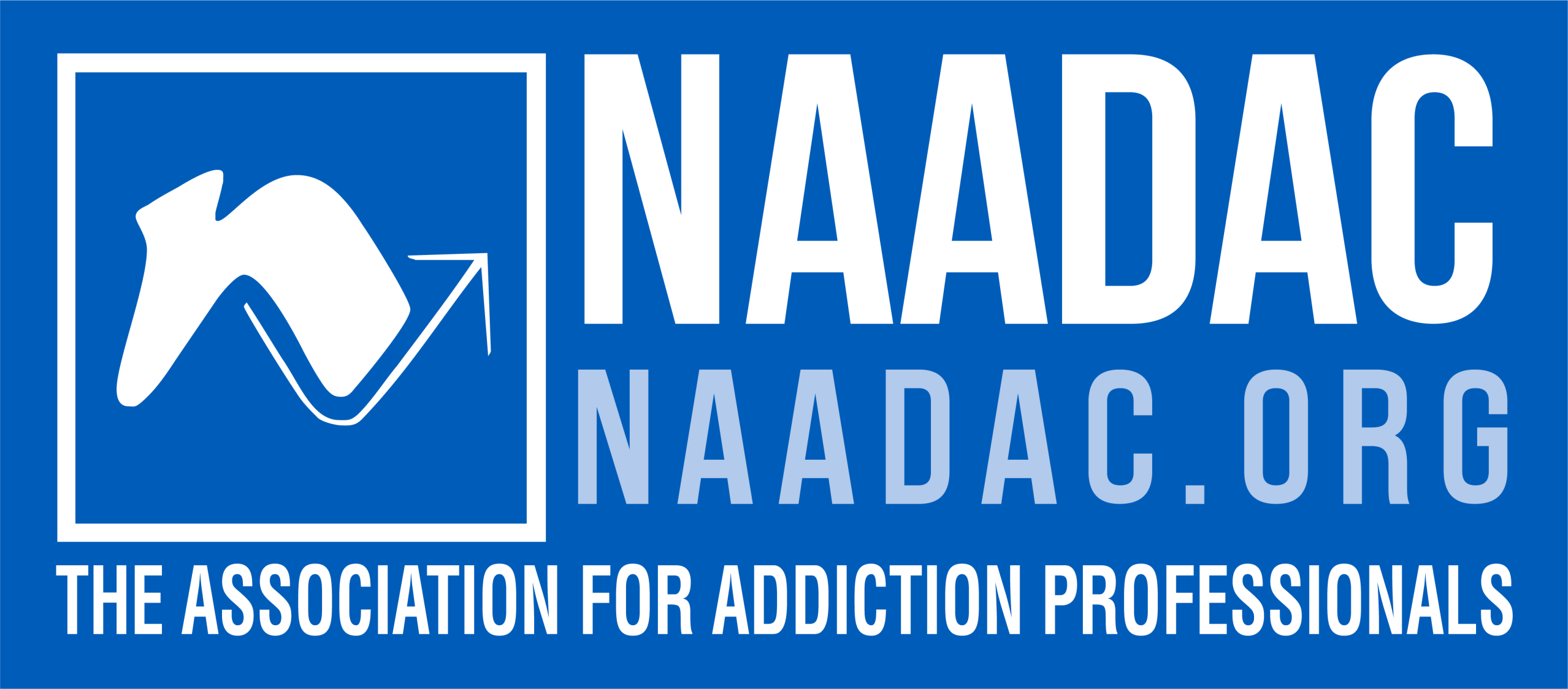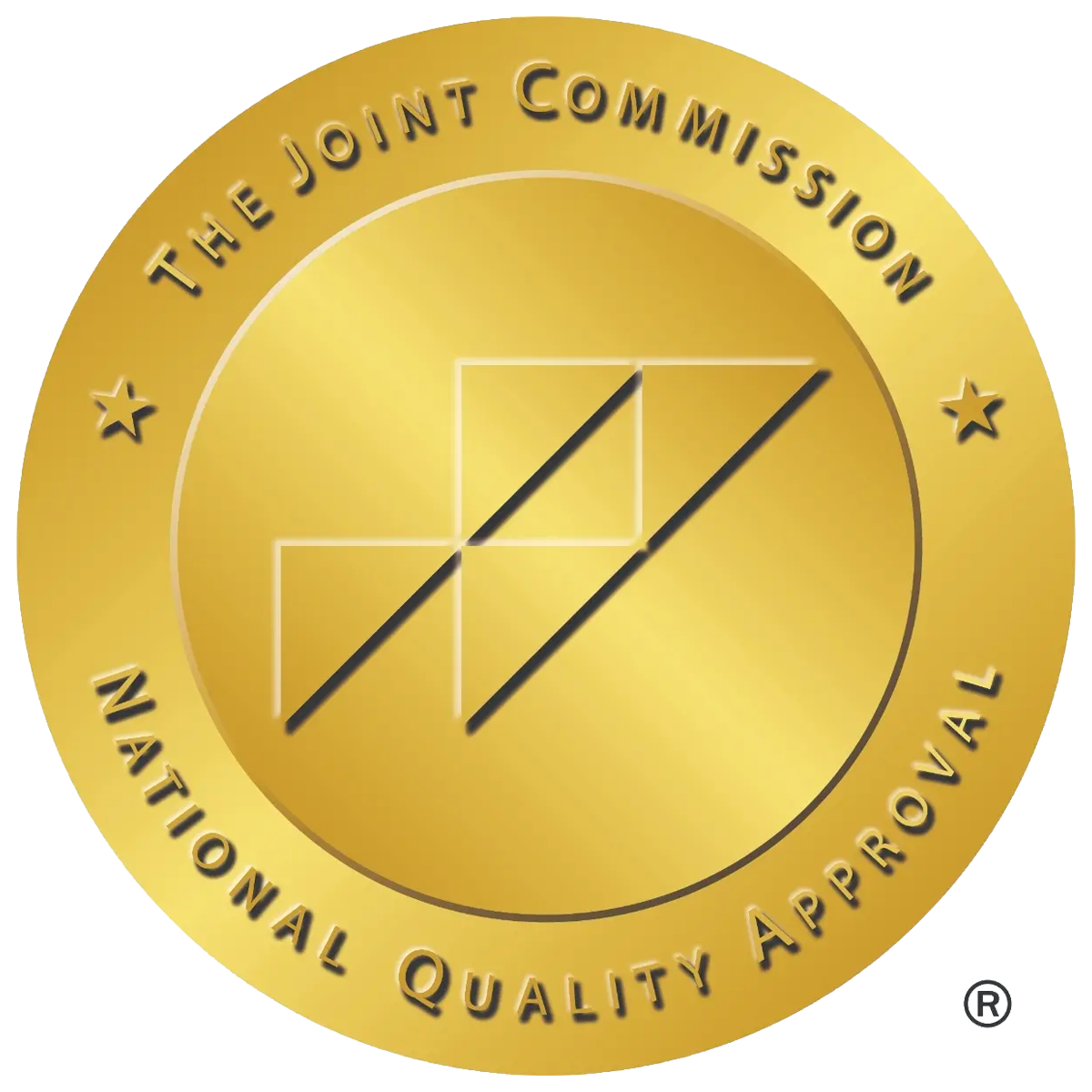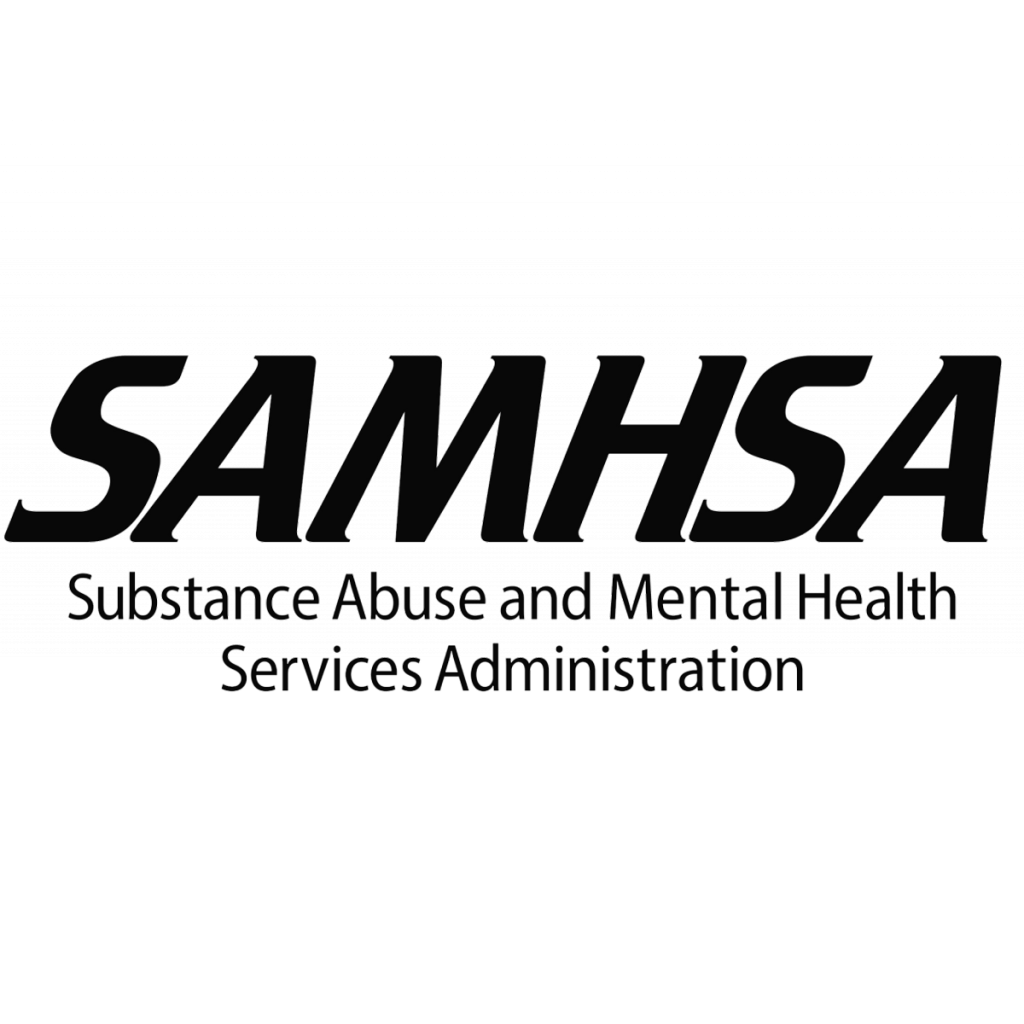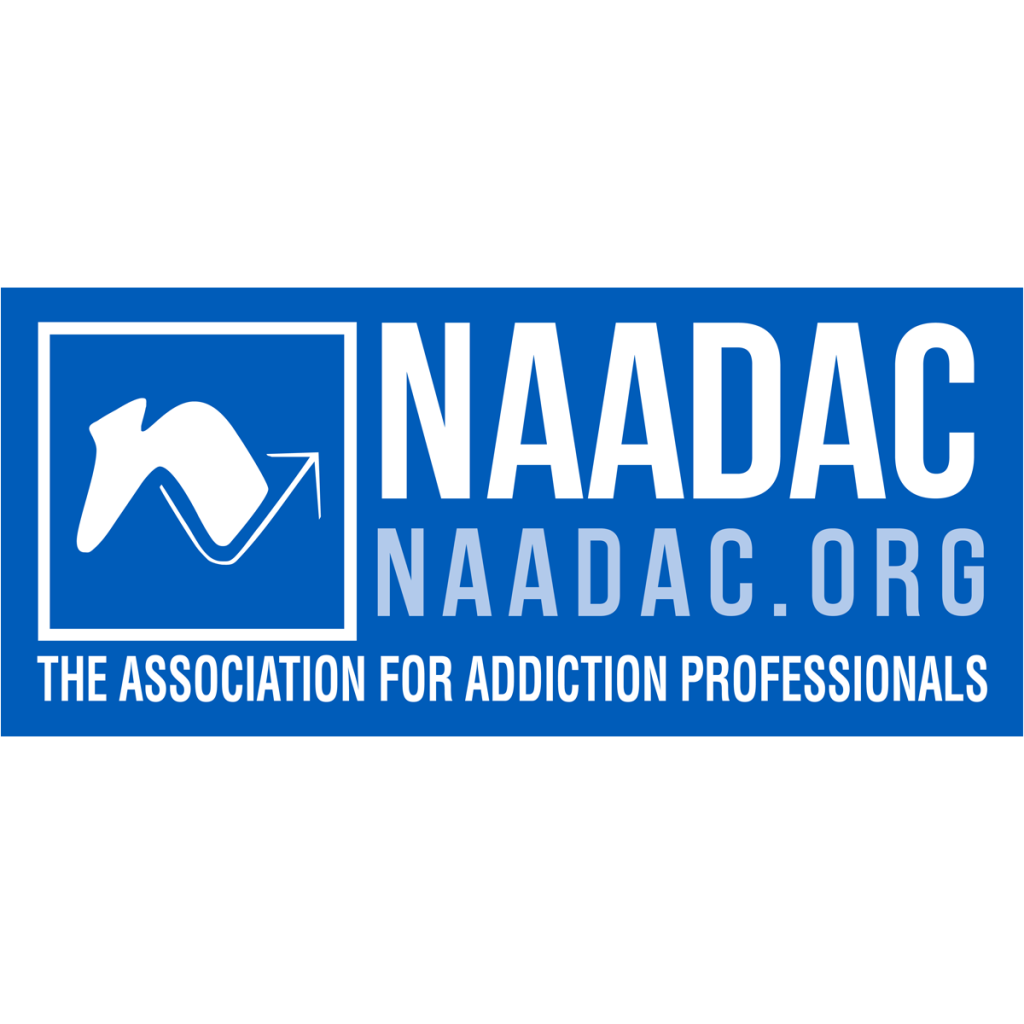Adderall Addiction: Side Effects, Detox, Withdrawal, and Treatment
Table of Contents
What is Adderall?
Adderall is a prescription stimulant medication that is used to treat attention deficit hyperactivity disorder (ADHD) and narcolepsy. It is a combination drug that contains amphetamine and dextroamphetamine, which are stimulants. Adderall, like other stimulant drugs, increases norepinephrine and dopamine in the brain. It also stimulates the nervous system. It increases the user’s focus, concentration, alertness, and motivation.
Adderall comes in tablet or capsule form and the dosage may vary depending on the assessed need of the user by a doctor. It is a Schedule II controlled substance due to its high potential for abuse and addiction. When the recommended dose is taken, Adderall is generally effective and safe. Many people misuse the drug. They take it more often or use it for fun to boost their performance at school or work. Abusing Adderall in this way can lead to severe consequences.
Slang for Adderall
The following terms are street names or slang for Adderall:
- Uppers
- Speed
- Addys
- Dexies
- Pep Pills
- Study buddies
- Zing
- Beans
- Smart pills
Vyvanse vs. Adderall: What’s the Difference?
Vyvanse and Adderall are similar drugs in many ways, but they are also different. The primary difference is Adderall contains amphetamine salts and Vyvanse contains lisdexamfetamine, which must be chemically converted by the body before it is activated. This reduces the intensity of the drug’s side effects. The immediate-release form of Adderall works for about four to six hours. The extended-release form lasts about 12 hours. The effects of Vyvanse generally last about 10 to 13 hours.
Adderall can be bought as a generic version. This is usually cheaper than Vyvanse, the only brand of that drug. Otherwise, these two drugs have many similarities. For example, both Adderall and Vyvanse are stimulants that are used to treat ADHD. They also have similar side effects, including anxiety, difficulty sleeping, and digestive problems. In addition, both drugs have the potential to cause withdrawal, dependence, and addiction if they are misused.
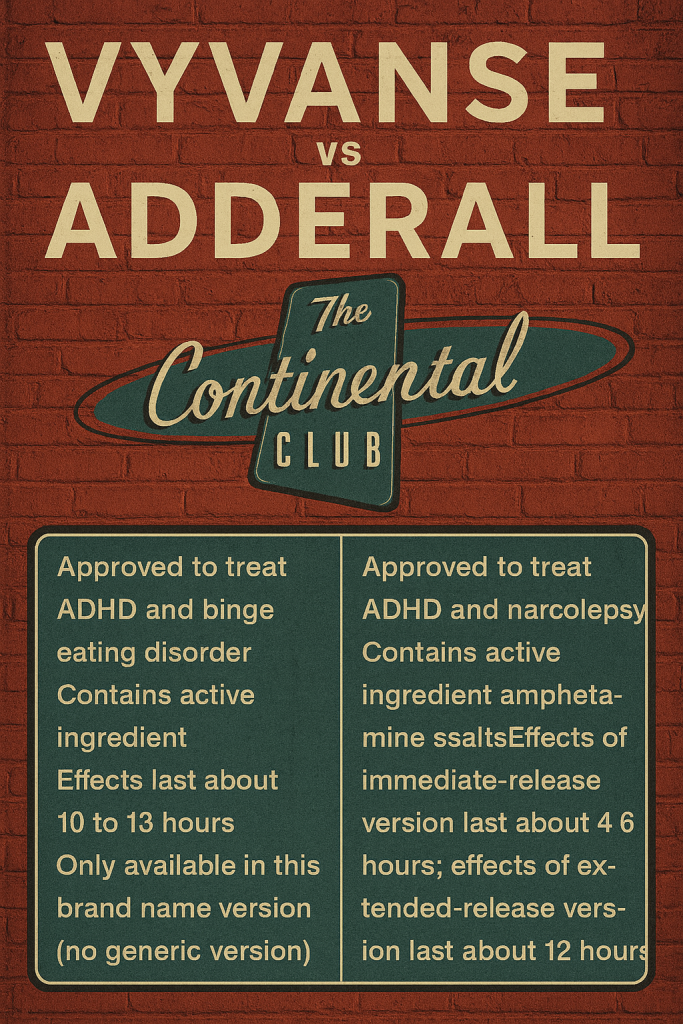
Is Adderall Addictive?
Yes, Adderall can be very addictive. Using Adderall for a long time can cause tolerance, dependence, and addiction. It can also lead to harmful side effects that may last for years. Adderall has a reputation for being safe because it is prescribed by doctors. Although Adderall is a prescription medication, using it in the wrong way can be very dangerous. It can be as harmful as illegal stimulants like cocaine. Also, when people crush, snort, or dissolve Adderall in water to inject it, they can easily overdose. This is especially true for those already addicted to amphetamines.
What Are Signs and Symptoms of Adderall Addiction?
People who misuse Adderall usually do not want to get high. However, taking large doses can create strong feelings of euphoria. Many people abuse Adderall to feel more awake, have more energy, focus better, or lose weight. Many of the people abusing Adderall are:
- High school or college students
- Professionals who have high-stress jobs
- People who have previously struggled with substance abuse
- Professional or college athletes
- People who are trying to lose weight
If you believe a friend or loved one is misusing Adderall, here are common signs of addiction and abuse:
- Rapid weight loss with no explanation
Staying awake for days at a time - Taking larger or more frequent doses of Adderall than prescribed
- Taking Adderall recreationally or without a prescription
- Taking Adderall by snorting or smoking it
- Extreme hyperactivity, dilated pupils, restlessness, and headaches
- Using Adderall with other stimulant drugs or alcohol
Freedom Starts Here. Take Back Your Life Today.
Same-Day Admissions in Austin Available.
What Are Side Effects of Adderall Addiction and Abuse?
Short-term effects of Adderall abuse may include:
- Intense euphoria
- Increased body temperature
- Paranoia
- Irregular or increased heartbeat
- Increased blood pressure
- Decreased appetite
- Dilated pupils
- Increased activity/wakefulness
- Heightened alertness and increased energy
- Increased respiration
- Muscle tremors/twitching
- Nausea
- Headache
- Unrealistic emotions (feeling extremely smart or very powerful)
Long-term effects of Adderall abuse may include:
- Malnutrition and vitamin deficiencies
- Mental illness
- Dizziness
- Problems breathing
- Psychosis
- Behavioral disorders
- Mood swings
- Exhaustion
- Cardiac arrhythmias
- Ulcers
- Skin disorders
- Loss of coordination
- Seizures
- Coma
- Death
How Common Is Adderall Addiction and Abuse in America?
Adderall is the most commonly prescribed stimulant in the U.S. Teens and young adults are at the highest risk of addiction. However, anyone using Adderall can become addicted over time. In 2016, 2.6 million people tried stimulant drugs to get high for the first time. Also, 4.3 million people said they used these drugs to get high in the last month. Overdose deaths from stimulant abuse rose by 30 percent in 2017. There were 7,663 stimulant overdose deaths, up from 5,992 in 2016.
Although it is clearly physically addicting, Adderall can also be just as psychologically addicting. Many teens and young adults who misused Adderall in high school and college still use it at work. They believe it helps them succeed. Without it, they feel unable to compete with their peers in the workplace.
Sadly, many teens, young adults, and even parents see Adderall as a “safe” drug just because a doctor prescribes it. This is a very dangerous view of the drug. Many people who become addicted to Adderall got it from a friend, not a doctor.
Adderall Abuse Statistics
- 20 percent of college students abuse prescription stimulants.
- 74 percent of college students got their prescription stimulants from a friend.
- In 2012, roughly 16 million Adderall prescriptions were written for adults between the ages of 20 and 39.
- In 2015, about 7.5% of American high school seniors used Adderall, with only 20% of these kids getting it from their doctors.
- About 42% of high schoolers say it’s easy to obtain Adderall or similar stimulants like amphetamines.
- Adderall abuse leads to almost 1,500 emergency room visits every year.
- Compared to students who do not abuse Adderall, users skip class twice as much, have lower GPAs, and spend less time studying.
- Over the last 20 years, prescription stimulant consumption in the U.S. has risen by 800%.
More Time. More Joy. More You. Start Now.
WE ACCEPT MOST INSURANCES







How Long Does Adderall Withdrawal Last?
There is no physician-approved recommended way to flush Adderall out of your system. However, Adderall has a short half life of 9 to 14 hours after ingestion. Adderall normally will only last in your urine from three to seven days and in your bloodstream for at most 24 hours. The times can vary depending on multiple factors such as the dosage amount of the medication taken or even the body composition.


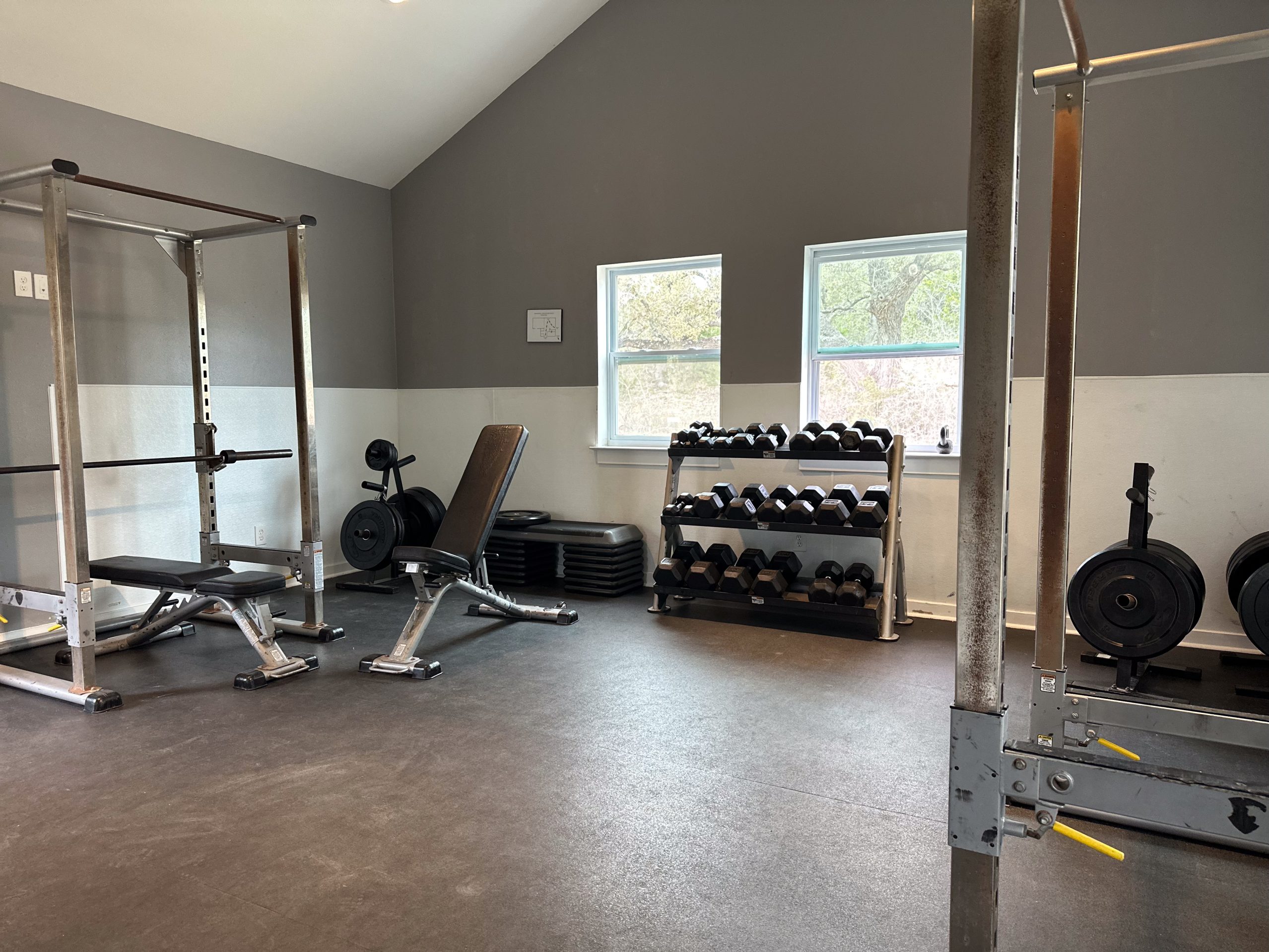







Adderall Withdrawal Symptoms and Detox
If a person becomes addicted to Adderall, they may build a tolerance. They might also feel withdrawal symptoms when the drug’s effects fade. This may also be referred to as the “comedown” from Adderall. Common symptoms of Adderall withdrawal are:
- Extreme fatigue
- Depression
- Sleep problems/insomnia
- Extreme hunger
- Headache
- Stomach ache
- Inability to concentrate or focus
- Agitation
- Suicidal thoughts and/or behavior
Adderall withdrawal can be tough, but it varies for each person. The length and strength of symptoms depend on how much the person relied on the drug. For example, people who crush and snort Adderall pills or inject the powder may have a stronger withdrawal experience. No matter how intense or long Adderall withdrawal is, a medical detox program can offer the care needed. This helps a person feel comfortable and safe during the detox process. Individual counseling during medical detox can also help people manage the psychological symptoms of withdrawal, such as depression and anxiety.
How Long Does Adderall Withdrawal Last?
There are two kinds of Adderall withdrawals normally. First would be coming off of an Adderall binge, taking excessive medication in a span of two to three days. While on Adderall, side effects include lack of appetite and sleep deprivation. Recovery from a binge usually lasts for at least seven hours and entails lots of rest and eating from the side effects of taking the medication.
The second withdrawal is gradually lowering your medication over time. Patients may experience the same side effects at first as coming off a binge, however, the symptoms are less intense. Gradual withdrawals vary on time, depending on the medication dosage, but typically the last from three days to several weeks. Consult with your doctor before making any drastic changes with your medication.
Adderall Withdrawal Timeline
Adderall withdrawal can last from a few days to a few weeks. This depends on the person’s history with drug use, how often they took Adderall, and how much they took each time. Adderall withdrawal is different for everyone. Here is a general timeline of what to expect during Adderall detox:
- 1-3 days after the last dose:You might feel very hungry. You could have trouble sleeping. Headaches may occur, and you might feel very tired during the first few days of Adderall withdrawal.
- 4-7 days after the last dose: A few days into Adderall detox, many physical symptoms will lessen. However, psychological symptoms may start to appear. Many people experience panic attacks, depression, and mood swings.
- 2 weeks after the last dose: Many people experience strong cravings about two weeks into Adderall detox. Fatigue, difficulty concentrating, and irritability are also common.
- 3 to 4 weeks after the last dose: Most withdrawal symptoms will have lessened by now. However, depression and mood swings may continue for several more weeks or months after stopping Adderall.
Treatment Options for Adderall Addiction
Adderall addiction may be difficult to overcome, but it’s not impossible. A complete, long-term addiction treatment program can help with the physical, mental, social, and behavioral parts of addiction. It also offers peer support to maintain long-term sobriety. An Adderall detox program is the first step in treating Adderall addiction. However, detox alone will not keep someone sober.
After detox, joining a long-term rehab program will give you the deep treatment needed to make lasting changes and fully beat the addiction.
The National Institute on Drug Abuse says that addiction treatment lasting less than 90 days is not very effective. This means addiction treatment that lasts 90 days or longer is more likely to yield positive results.
A full 90-day rehab program for Adderall treatment gives people time to look at their behaviors. They can learn to adopt healthier habits and practice those skills. It also gives more time to deal with emotional issues like trauma, anxiety, PTSD, and other mental health problems.
While a person is in Adderall rehab, they will work with different addiction treatment experts to reach these goals:
- Work through the 12-step program
- Learn about chemical dependency and the disease of addiction
- Implement relapse prevention techniques and strategies
- Gain essential life skills
- Spend an extended amount of time in a sober, supportive environment
How Can I Get Off Adderall?
The first step in quitting your Adderall prescription is contacting your doctor or physician. Quitting Adderall too fast can lead to very intense withdrawal symptoms. To avoid very harsh side effects of the medication, it’s recommended to decrease your dosage over weeks or even possibly months.
More Healing. More Hope. More You. Start the Journey.
WE ACCEPT MOST INSURANCES







Inpatient Adderall Rehab vs. Outpatient Adderall Rehab
There are two main types of drug rehab for Adderall addiction: residential inpatient rehab and outpatient rehab. Each type of program provides its own advantages for clients in various stages of recovery and treatment.
Residential Adderall rehab requires that clients live onsite at the rehab center, which provides more accountability and structure. Residential clients follow a daily schedule. This schedule includes individual therapy, group therapy, process groups, and 12-step groups. It also has mealtime, exercise time, personal reflection time, and free time. Clients typically have a curfew and are awarded day and overnight passes for good behavior and progress.
Outpatient Adderall rehab programs are less structured. However, they still offer peer support and education on chemical dependency. These programs provide high-quality behavioral and psychological treatment. This support helps a person achieve lasting sobriety. The main benefit of joining an outpatient program is that it offers more flexibility. This is helpful for clients who work, go to school, or care for children.
Neither inpatient nor outpatient treatment is better than the other. However, the most effective form of treatment will depend on your specific needs. How you pay for Adderall rehab can vary. It depends on your health insurance benefits or other payment methods you choose, such as:
- Employee Assistance Program benefits
- Healthcare loans
- Out-of-pocket payments
Aftercare Treatment for Adderall Addiction
Overcoming Adderall addiction is a long-term process that will require continued work, even after drug detox and Adderall rehab are over. There are a few types of aftercare programs that may help recovering addicts stay accountable to their sobriety goals and sustain their recovery following a formal Adderall treatment program.
Sober Living Programs
A sober living program is a form of continued treatment for recovering addicts.
It offers safe and sober group housing. It also provides extra support services for recovery. – The services offered include clinical counseling.
- They also provide help with jobs and education.
- Regular drug testing is part of the program.
- There are step-by-step recovery programs for all residents.
The primary goals of a sober living home are to:
- Provide a supportive and sober living environment for people in recovery.
- Give recovering addicts time to adjust to a lifestyle of sobriety.
- Encourage continued personal growth and life skills.
- Provide opportunities for healthy relationship-building with peers in recovery.
- Establish a healthy daily routine in sobriety before returning to a home environment.
The cost of a sober living program can vary. It depends on where the home is located, the type of rooms, and the extra support services available. However, payment at sober living homes is often collected on a monthly basis, just like rent.
Aftercare Programs
Enrolling in an aftercare program for recovering Adderall addicts is a great way to stay accountable in sobriety. Aftercare is for rehab alumni at all stages of recovery. This includes those who have been sober for three months or three years. Aftercare programs consist of weekly meetings that serve as “check-ins” for clients in recovery. Each group meeting is led by a trained addiction professional. It is a supportive space where clients can feel safe and be heard.
Adderall addiction and abuse are very common in the U.S. You don’t have to live with your addiction anymore. Call Nova Recovery Center today. Learn more about our Adderall treatment options. We offer care that supports clients from detox to sober living and beyond.
Top Questions for Adderall
-
Adderall’s half-life is ~10 hours, so most single doses clear within ~2–3 days. However, frequent or high-dose use may extend detection up to ~7 days in urine.
-
Drug testing timelines:
-
Blood: 1–2 days, sometimes up to 46 hours
-
Urine: 1–3 days, or longer for chronic use
-
Saliva: typically 24–48 hours
-
Hair: up to ~90 days
-
-
Active ingredient: Adderall = mixed amphetamine salts; Vyvanse = lisdexamfetamine (converted to dextroamphetamine)
-
Duration: Vyvanse is longer-acting with slower onset, Adderall IR/ER offers more flexible timing
-
Abuse risk: Vyvanse has lower misuse potential since it’s pro-drug; Adderall can be crushed or injected
-
Availability: Adderall is available generically; Vyvanse remains brand-only
-
Uses: Both treat ADHD; Vyvanse is also FDA-approved for binge eating disorder
-
Results can include increased focus, alertness, and even feelings of calmness in those with ADHD. In people without ADHD, it may cause euphoria, heightened energy, or nervous side effects.
-
It works by boosting dopamine and norepinephrine in the brain
-
Withdrawal can begin to ease within days, though some symptoms persist up to 3–4 weeks.
-
Common symptoms: fatigue, depression, increased appetite, sleepiness
Yes—Adderall is a Schedule II stimulant with moderate to high dependency risk. Misuse, high doses, or unsupervised use increases addiction potential
-
Frequent: dry mouth, reduced appetite, insomnia, headache, stomach upset, weight loss, anxiety, dizziness.
-
Serious: elevated blood pressure, chest pain, mood changes. Rare effects include psychosis at high doses .
The FDA approves this medication for ADHD and narcolepsy. It is sometimes used off-label for depression, anxiety, or bipolar disorder. It is often combined with other medications
-
Adderall IR (immediate-release): effects last ~4–6 hours per dose.
-
Adderall XR (extended-release): effects last ~8–12 hours, typically with a once-daily dose
More Time. More Joy. More You. Start Now.
WE ACCEPT MOST INSURANCES







Our Drug and Alcohol Rehab Services in Texas
Freedom Starts Here. Take Back Your Life Today.
Same-Day Admissions in Austin Available.
Nova’s Comprehensive Continuum of Care Plan
90-Day Residential Alcohol and Drug Rehab

Our 90-day residential drug and alcohol rehab in Austin center provides a safe, comfortable, and supportive space for you to heal, learn, and recover. Unlike other 30 or 60-day programs, our long-term rehab program gives you more time to adjust to a new way of living, more time to practice the mental and spiritual tools you will use outside of rehab, and more time to acclimate into a recovery community. This 90-day time span promotes genuine and lasting change for sobriety that lasts long after inpatient rehab ends.
Drug and Alcohol Detox

Our medical detox programs treat all kinds of addictions and are tailored to meet your individual needs. We use a comprehensive assessment to design a personalized detox program that will ensure your comfort and safety throughout the withdrawal process. You’ll also have the opportunity to begin individual and group therapy to address any emotional issues and prepare for the transition into a rehab program. We believe this process provides the best foundation for continued sobriety.
Aftercare Program and IOP

Our Intensive Outpatient and Aftercare programs are designed to assist those who have graduated from our inpatient residential facility. Group sessions are available in Austin and Houston and provide structured addiction treatment sessions and recovery counseling in a safe, clinical setting. The first year of recovery can be difficult, but these support groups provide consistency, accountability, and peer support at a time when it’s needed most.
Sober Living Apartments

The transition from a residential rehab center into independent sober life is littered with obstacles. For this reason, we provide sober living homes and support programming for clients who need continued support as they make the transition. With regular drug and alcohol screenings, one-on-one sobriety coaching, and a safe, comfortable place to practice relapse prevention strategies, our sober living program is key to achieving an independent, substance-free life.
More Time. More Joy. More You. Start Now.
WE ACCEPT MOST INSURANCES









